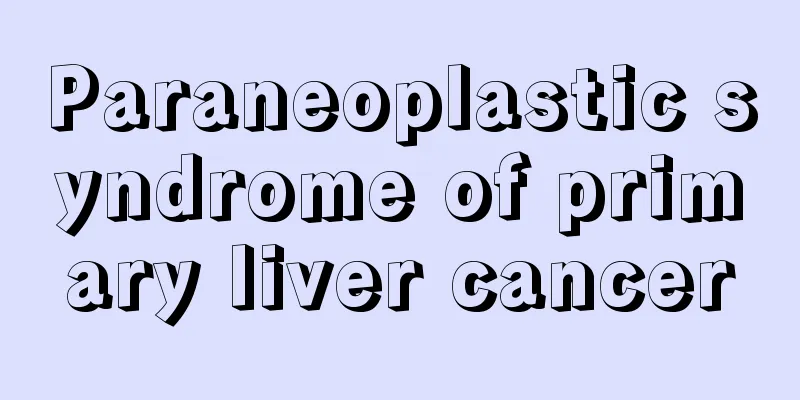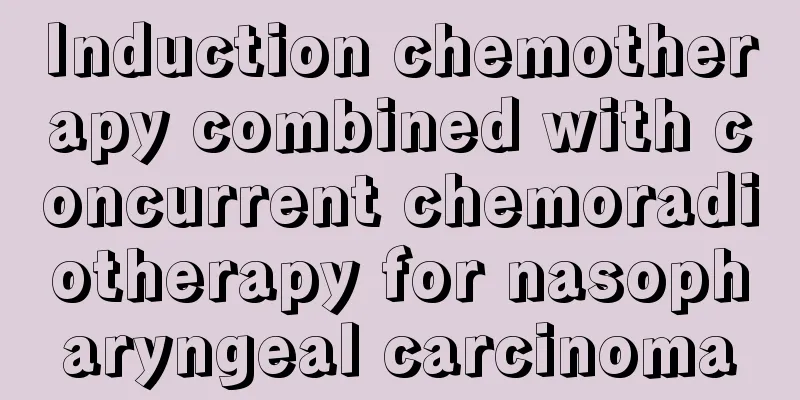What is the best treatment for ovarian tumors

|
Ovarian tumor is a general term for ovarian swelling, enlargement and neoplasms. It is a common gynecological disease that can occur from young children to the elderly. There are many types of ovarian tumors, which are divided into physiological and pathological types. Physiological tumors include follicular cysts and corpus luteum cysts. Pathological tumors are divided into neoplasms and non-neoplastic tumors. Non-neoplastic tumors include endometriosis, polycystic ovaries, etc. Neoplasms are divided into benign and malignant, and some are in between benign and malignant. Ovarian tumors are usually referred to as neoplasms. Characteristics of ovarian tumors Ovarian tumors can be benign, borderline, or malignant. Their pathological morphology varies. Based on the histogenesis of the ovary, they can be divided into: (1) Germinal epithelial tumors account for about 40% of all tumors, including serous, mucinous, and mixed epithelial germinal tumors, with a high rate of malignant transformation. (2) Germ cell tumors originate from germ cells and their derived tissues, including dysgerminoma, teratoma, endodermal sinus tumor, choriocarcinoma, and other tumors. (3) Sex cord stromal tumors account for about 6% of ovarian tumors. This type of tumor is more complex. Various cells can form corresponding tumors separately. Two types of cells, ovarian or testicular, can appear in the same tumor. In some cases, four types of cells can be seen in the tumor at the same time. (4) Steroid cell tumors Steroid cell tumors are composed of large round or polygonal cells similar to luteal cells, interstitial cells, and adrenal cortical cells. They were previously called lipid cell tumors or lipoid cell tumors. Treatment of ovarian tumors 1. The treatment principle of benign ovarian tumors is surgical treatment. The scope of surgery can be selected according to the patient's age, fertility requirements and tumor conditions: tumor resection, unilateral oophorectomy or bilateral adnexectomy, etc. 2. Malignant ovarian tumors are treated with surgery, supplemented by chemotherapy or radiotherapy. In principle, the scope of surgery should include total hysterectomy and bilateral adnexectomy. Omentectomy should be performed at the same time for stage ic and above, and radical surgery should be performed for stage ic-, including total hysterectomy, bilateral adnexa, omentum, appendix, retroperitoneum, para-aortic and pelvic lymph node resection. Metastatic tumors and other affected organs should be removed as much as possible. Ovarian cancer is relatively sensitive to chemotherapy, which can be used before, during, and after surgery as appropriate. Combined chemotherapy is now widely used, and intraperitoneal chemotherapy has regained attention in recent years. Radiotherapy is often used as an adjuvant treatment after surgery. Immunotherapy is one of the adjuvant treatments. Treatment and monitoring of malignant ovarian tumors is very important, and re-exploration is an important means. |
<<: What medicine can eliminate ovarian tumors
>>: What Chinese medicine is good for late stage ovarian cancer
Recommend
Can I have my blood drawn twelve days after the transplant?
A blood test can be performed 12 days after the e...
What are the symptoms of lung cancer? Pay attention to these symptoms of lung cancer in time
With the development of medical technology, many ...
What are the symptoms of brain tumors and brain cancer?
What are the symptoms of brain tumors and brain c...
Causes of tongue pain
The tongue is the most important taste organ for ...
What should I do if the teacup lid cannot be unscrewed?
In life, people who drink tea frequently know tha...
How to clean seven dead corners of the body
Taking a bath is something we have to do every da...
How long can you live with vomiting blood in the late stage of liver cancer
How long can people live with advanced liver canc...
The huge harm of early diagnosis of thyroid cancer
We all know that every disease has its symptoms, ...
How heritable is glioma
When people are alive, health is more important t...
How to treat severe and rare obsessive-compulsive disorder?
Obsessive-compulsive disorder is a manifestation ...
How many days will it take to insert a urinary catheter during laparoscopy
Laparoscopy is a surgical procedure that is mainl...
What's wrong with the lump of meat under my armpit?
There is a lump of flesh under the armpit, which ...
What is the difference between propolis and honey
When people talk about insects such as bees, I be...
What is the 5-year survival rate for stage 3 nasopharyngeal carcinoma?
The survival rates of nasopharyngeal carcinoma pa...
Teratoma Rehabilitation Hospital
Some people may be familiar with teratoma, but I ...









